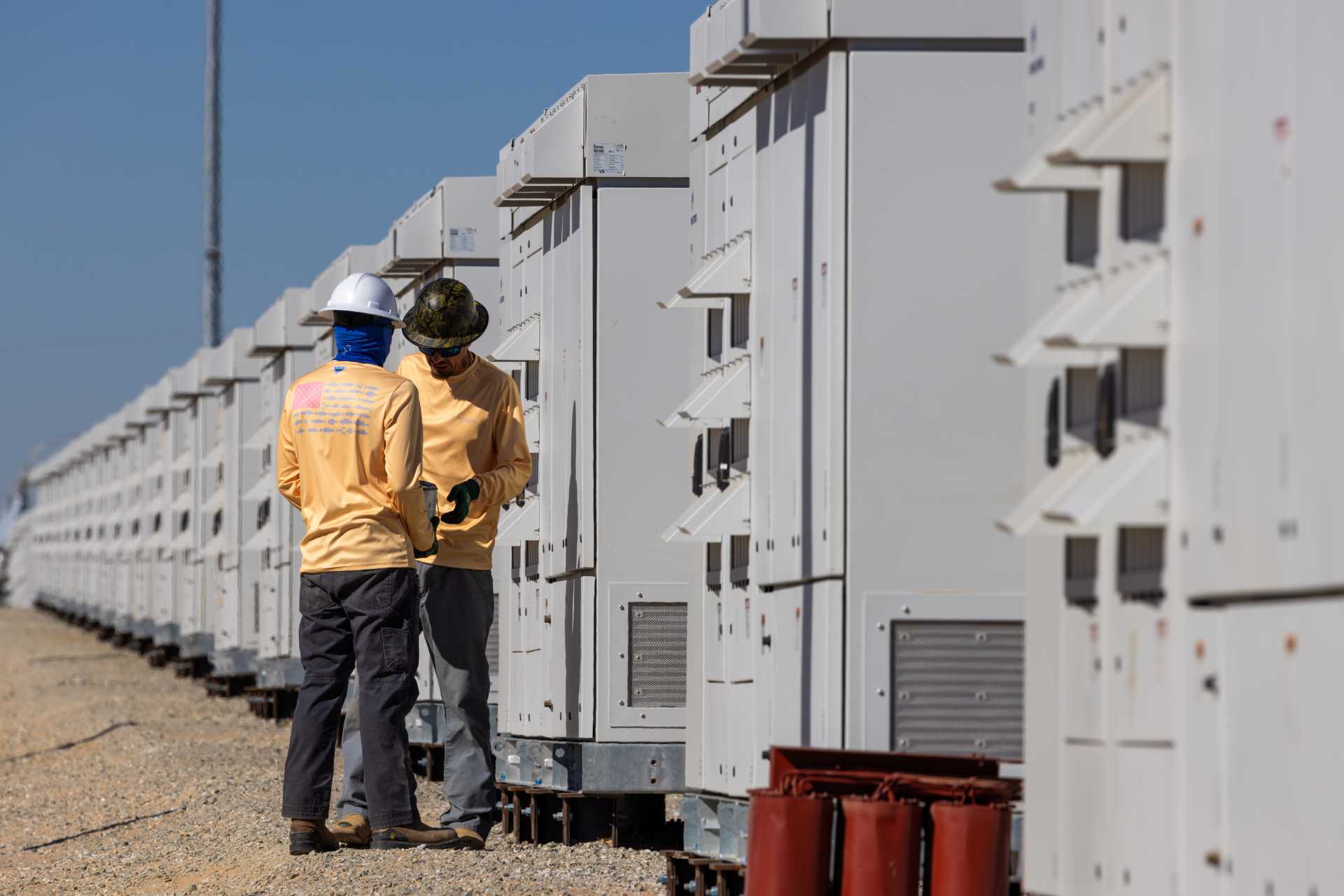
Get the latest climate technology news directly to your inbox.
Climeworks begins to offer “PPAs” for carbon removal
The company will sell curated carbon removal “packages” that include a range of nature-based solutions alongside its own direct air capture services.

Image credit: Climeworks

Image credit: Climeworks
The demand for carbon removal services is growing rapidly — by some estimates it is on track to outpace supply by 2030. But globally, commercial deployment is extremely limited, and long-term prices and volumes in the voluntary market remain uncertain.
Climeworks, which operates the world’s first and largest direct air capture plant, is betting that consolidating carbon removal offerings will give the market a much-needed boost. Today, the company announced a new business model that will position it as a carbon removal brokerage firm, offering would-be purchasers a one-stop-shop for a variety of types of removal credits.
- The top line: More than 30 customers are already in negotiations to purchase a newly available “Climeworks Solutions” portfolio, the company said. Carbon removal packages will be customized to individual client needs, and will include Climeworks’ own DAC services plus a combination of other pathways it has deemed sufficiently reliable.
- The market grounding: The development of a mature carbon removal marketplace is critical to the tech’s ability to reach gigaton-scale in time to meet national and global removal goals. DAC, though a favorite approach of Big Tech investors due in part to its measurability, remains more costly and energy intensive than other approaches, and faces challenges such as its need for significant land and energy.
- The current take: Climeworks’ latest move represents its recognition that the carbon removal industry can’t scale without more customers, said Giana Amador, executive director of the Carbon Removal Alliance. And getting those customers through the door will take more than DAC alone. “Today, too many buyers of carbon removal remain on the sidelines, wary of risk and lacking the technical expertise to vet carbon removal projects that could make up their net-zero portfolio,” Amador said. “That’s a problem. We need to build demand for carbon removal in order to get this market off the ground.”
With its new business line, Climeworks is essentially sourcing carbon removal, bundling it up, and offering it to customers as a single contract, said Adrian Siegrist, VP of Climeworks Solutions.
“We realized that companies actually prefer to have one contract,” Siegrist added. “We will vet and assess all the potential suppliers out there and then have contracts with the ones where we are convinced they’re the best in class.”
The portfolios include a mixture of engineered and nature-based approaches based on customer budget, timing, and strategic priorities.
While this approach may help “fill the gaps” in the market in the near-term, creating a stable market quickly will really come down to public sector movement, Amador said.
That means ramping up tools like procurement programs, tax credits, and other demand-side policies, she said: “No matter the buyer, the end goal should remain a scalable carbon removal market rooted in quality, permanence, and transparency.”
From podcast ads to drop-in episodes, see how you can position your brand as a thought leader on the Catalyst and Carbon Copy podcasts.

From podcast ads to drop-in episodes, see how you can position your brand as a thought leader on the Catalyst and Carbon Copy podcasts.

From podcast ads to drop-in episodes, see how you can position your brand as a thought leader on the Catalyst and Carbon Copy podcasts.

From podcast ads to drop-in episodes, see how you can position your brand as a thought leader on the Catalyst and Carbon Copy podcasts.

Customers — and quality — so far
Climeworks’ first customer for this new offering is the Swiss watchmaker Breitling, which signed a 12-year deal for a portfolio that includes DAC (provided by Climeworks) and enhanced rock weathering, an approach with the potential to remove 2 billion tons of carbon annually by 2050.
Siegrist emphasized that the company is not a carbon trader, but rather is "essentially making PPAs, in this case carbon removal purchase agreements." That structure can offer much-needed security to the still-nascent carbon removal industry in the form of long-term offtake agreements, he added. That security is a boon for companies of all sizes across the five removal pathways — DAC as well as enhanced rock weathering, biochar, bioenergy with carbon capture and storage (BECCS), and forestation — that Climeworks will include in its packages.
However, the list of approved suppliers is currently short, in part because of a stringent — if not yet public — definition of “high quality” removal, which is based on an internal framework. “We will, at some point in the future, publish that [framework] in the spirit of transparency and contributing to learnings in the industry,” Siegrist said. The company is also holding off on sharing which suppliers it has approved for inclusion in the portfolios, even to its signed clients.
However, Siegrist did say that of the approximately 100 carbon removal companies Climeworks has been in discussions with over the course of the last year, only 3-5% made it through the due diligence process.
To start, the portfolios will only consider Climeworks as a provider of DAC services. That’s because no other DAC suppliers yet meet the requisite criteria, which includes deployment at commercial scale.
And solutions like direct ocean capture, for example, aren’t yet mature enough to “guarantee quality,” but could be included in the next year or two as Climeworks scientists reassess technologies and companies. All suppliers will be continuously evaluated to make sure they’re meeting Climeworks’ quality bar, Siegrist said, and the company’s offtake agreements are structured around maintaining that level.
That’s part of how Climeworks is managing the risk of selling long-term contracts in a tumultuous market, he added: “We are convinced that the companies we source from are the best in class today, however we cannot guarantee that in five years, ten years, that will be the case.”




.jpg)